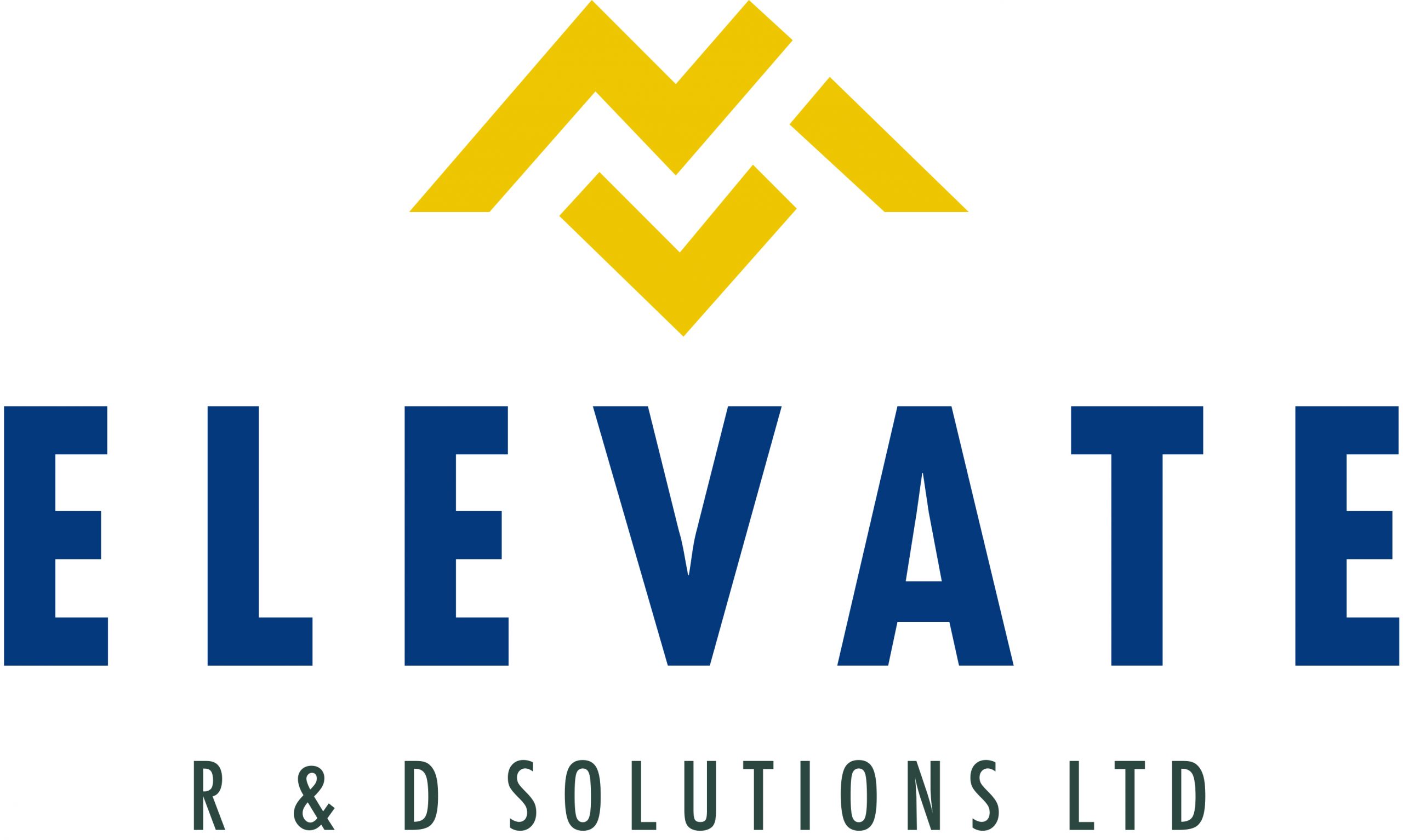Construction
Some of the companies and contractors conducting R&D within the construction industry include:
Technical architects – dealing with technical issues arising from implementing complex plans.
Construction companies can benefit from Research and Development (R&D) tax credits, provided they engage in projects that seek to advance science or technology and overcome technical challenges.
Examples of eligible R&D include:
Green Building Technologies: Developing and implementing sustainable and environmentally friendly construction methods, materials, or technologies.
Energy-Efficient Designs: Creating innovative designs and construction techniques aimed at improving energy efficiency and reducing the environmental impact of buildings.
Building Information Modeling (BIM): Companies involved in advancing BIM processes, including 3D modeling, collaboration tools, and data analytics for construction projects.
Digital Twin Technologies: Developing and utilizing digital twin technologies for construction planning, monitoring, and maintenance.
Innovative Prefabrication Techniques: Companies engaged in developing new methods of prefabrication, modular construction, or off-site assembly to improve efficiency and reduce costs.
Advanced Material Integration: Research and development focused on integrating new materials into prefabricated components for enhanced performance and sustainability.
Robotic Construction Equipment: Developing and implementing robotic systems for construction tasks, such as autonomous machinery, drones, or robotic exoskeletons for labor assistance.
Automation of Construction Processes: Researching and implementing automation solutions for repetitive construction tasks, improving efficiency and safety.
Novel Structural Systems: Companies working on innovative structural designs, earthquake-resistant structures, or advanced construction materials.
Digital Structural Analysis: Developing and implementing advanced digital tools for structural analysis and optimization.
Construction Waste Management: Companies engaged in developing technologies and processes to minimize construction waste and promote recycling and reuse of materials.
Circular Economy Practices: Implementing circular economy principles in construction projects, including designing for disassembly and recycling.
IoT in Construction: Companies integrating Internet of Things (IoT) devices and sensors on construction sites for real-time monitoring, safety improvements, and data-driven decision-making.
Smart Construction Equipment: Developing and utilizing smart construction equipment with automation, connectivity, and data analytics capabilities.
Innovative Safety Equipment: Companies working on the development of advanced safety equipment and technologies to enhance worker safety on construction sites.
Construction Site Monitoring Systems: Implementing digital systems for real-time monitoring of construction site conditions to identify and address safety risks.
Ready to transform your construction breakthroughs into tangible financial benefits?
Contact Us
